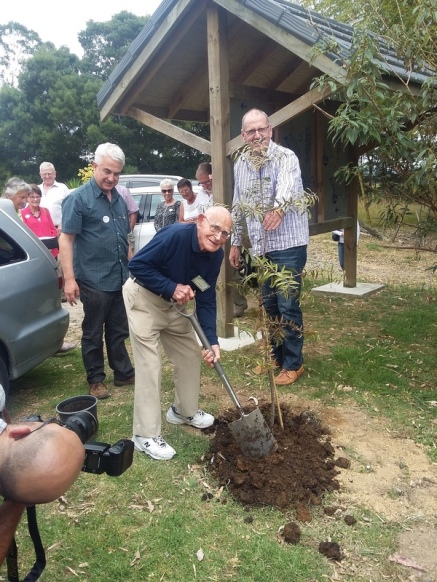Every year Fleuroselect – which trials new seed varieties in European conditions – names a ‘flower of the year’ and for 2017 the choice is zinnia.
I’ve not had much to do with zinnias until recently, but admired some tall ones in the pool garden of a friend near Santa Rosa in northern California last year and have seen a great swathe of shorter types – all colours – planted in a private garden near Tauranga and recall being struck by their cheerful vibrancy and no apparent clashing even with pink next to orange. So when I saw zinnias on offer as ‘instant colour’ for gap filling before a crowd of visitors came, I couldn’t resist them.

These poolside zinnias (tall variety) were planted with cascading grasses and looked spectacular. Photo: Sandra Simpson
Easier to grow (in my experience anyway) than dahlias they nevertheless have ‘meaty’ flowers like dahlias and are reasonably quick to come back into bloom if you keep an eye on dead-heading.
This story from The English Garden website includes photos of some beautiful flower varieties. The Chicago Botanic Gardens website notes that zinnias are planted in nearly every one of its 27 garden displays – and, because they’re native to the southwestern US and Mexico, they know how to handle hot, dry conditions. Read some more gushing about these stars of the summer garden from The Daily Telegraph (UK).
They are prone to powdery mildew so careful when watering (the Chicago Botanic Gardens piece has tips for this).
In a 2015 piece Jane Wrigglesworth from NZ Gardener examines the new types of zinnias that don’t necessarily look like their forebears and this pdf download (2.56MB) from the National Garden Bureau (US) has some interesting history of the family and its subsequent breeding, including that when the Spanish first saw zinnia species in Mexico, they thought the flower was so unattractive they named it mal de ojos, or “sickness of the eye”!
Plant them around your veges to attract pollinating butterflies and bees, or just plant them for the smile they’ll bring to your face – either way I don’t reckon you can go wrong with zinnias!



















